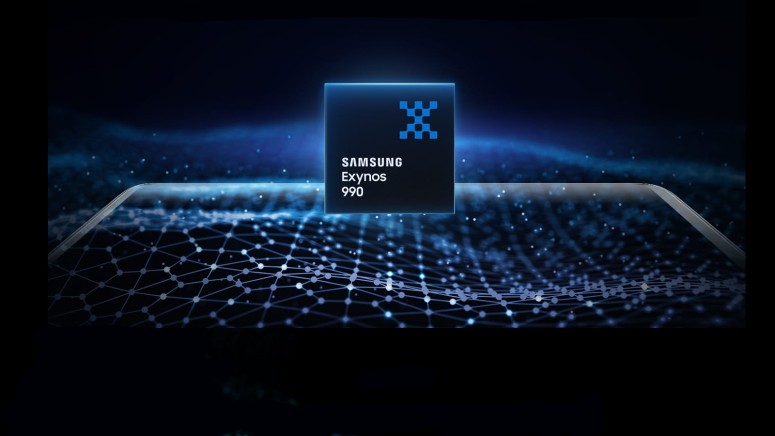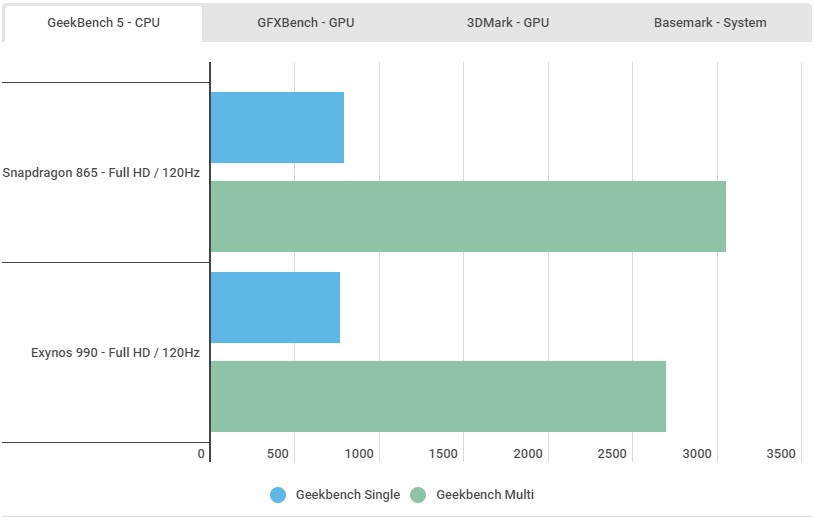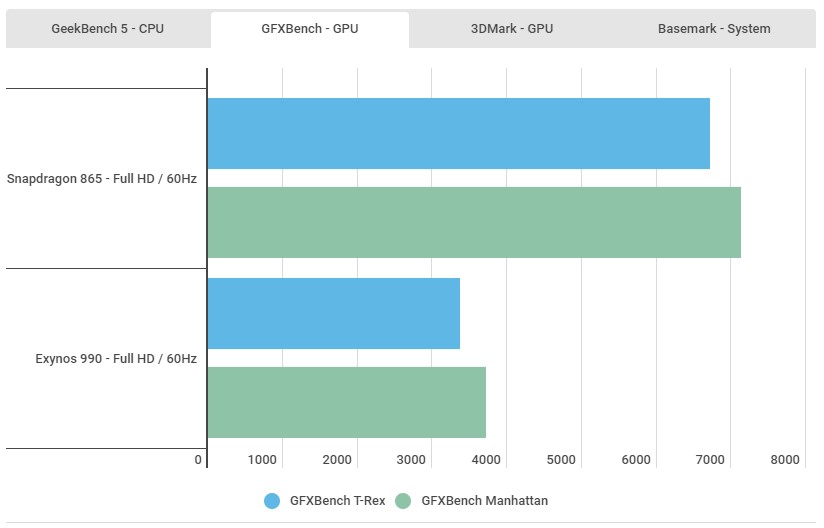
Samsung Goes With the Typical Controversial Chip Splitting for Galaxy Note 20
- Samsung’s Galaxy Note 20 is going to come in a Snapdragon 865 Plus and an Exynos 990 variant.
- The company is pretending that both are the same thing, even though it’s clear they aren’t.
- Samsung needs to continue playing this controversial game for business strategy reasons.
Samsung has done it again, managing to enrage its fans by presenting two qualitatively different Galaxy Note 20 versions, one with an Exynos 990 chip and one with the Snapdragon 865 Plus. The Qualcomm variant will be sold to the US market only, while the rest of the world will get the Exynos-powered device.
The South Korean tech giant has done this many times before with various models, and each time, they pretend nothing is differentiating the two models. As a result, people in Europe buying the Exynos devices are overly disappointed, left perplexed, and swearing not to make the same mistake again.
But even after all these years, we are still discussing the same problem with the latest Galaxy Note 20 that Samsung presented last week. Samsung is still pushing the Exynos version as an equivalent to the US-version of the device, but it’s not really. In fact, the discrepancies have grown to very noticeable proportions.
Both chipsets are using four ARM Cortex-A55 cores, but the Snapdragon 865 Plus has an additional four Cortex-A77, whereas the Exynos 990 features two Mongoose M5 cores. These are Samsung’s own custom designs and aren’t considered as refined or balanced as the Cortex counterparts. This difference is also reflected in the benchmarking tests conducted by Android Authority.
Source: Android Authority
Source: Android Authority
Not only is the Exynos not as high-performing as the Snapdragon, but users (of previous Samsung flagships) are also reporting that Exynos variants throttle very quickly, draw the battery much faster, and overheat pretty easily. Experiencing all of that while the two device versions cost the same certainly feels unfair, and those tricked into assuming that their Exynos devices are just as good as the Qualcomm ones have every right to be exasperated.
Many point out that Samsung should either do price cuts for the Exynos-powered devices or create a sub-brand for these models. Promoting them as if they have a negligible difference to the Qualcomm products is deceptive, so why is Samsung insisting on doing it? The easiest answer to this question is that they’re looking to make cost cuts and increase profit margins since Samsung produces Exynos in house. Simply buying a larger number of Snapdragons would constitute a substantial investment, would subtract from the company’s independence and supply chain resilience, and would send negative messages to investors, etc.
Another reason could be that Samsung wants to single-handedly place the Exynos chips in the same league as the TSMC-made Snapdragons, as that is absolutely crucial for a chipmaker. Selling the Exynos-based devices cheaper or creating a sub-brand for them would be a move in the wrong direction since it would be like admitting defeat to other chip designers and makers.








